I am familiar with virtual reality headsets. When it comes to heightened realism, an interactive 3D world can knock my socks off, and for sim racing can provide an additional sense of realism.
But extended, or mixed, reality – this was something alien to me until recently.
Upon visiting the Cotswolds home of the Alpine Formula 1 team recently, this whole new concept (to me at least) became, vividly, clear all of a sudden. XR, or MR, is incredible.
Now, before I get carried away, there is a catch and so I’ll lay out all the cards on the table upfront.
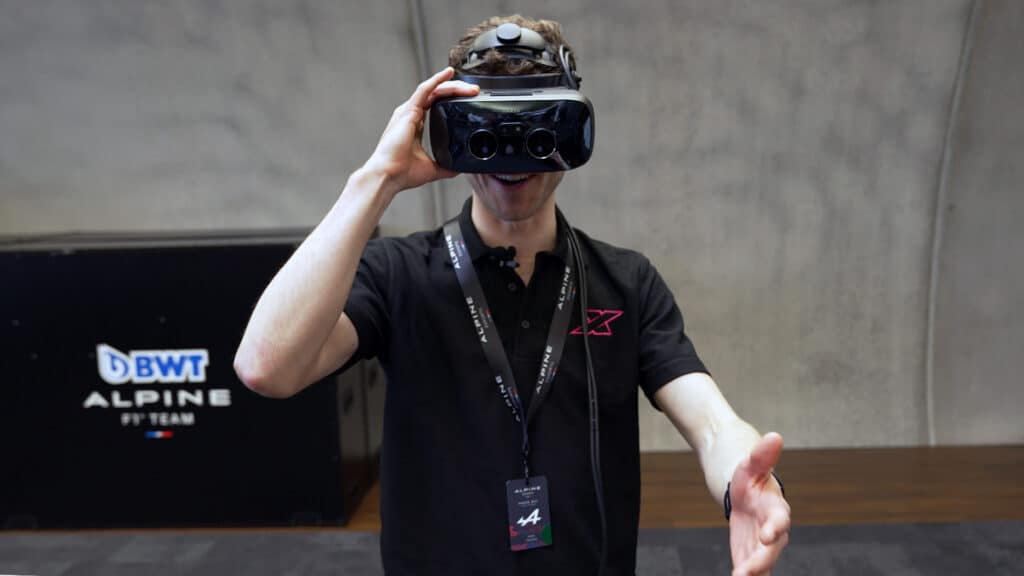
The Varjo XR-3, the incredible system I used to receive a life-affirming experience, is, well, €6,495 before taxes.
Wowsers.
But, hear me out, this is a window into the future. It’s also aimed primarily at businesses, looking to offer experiences to wow potential customers or showcase upcoming designs – so there’s no expectation that you reading this would get your wallet out.
You could, but you probably won’t.
However, just wow.
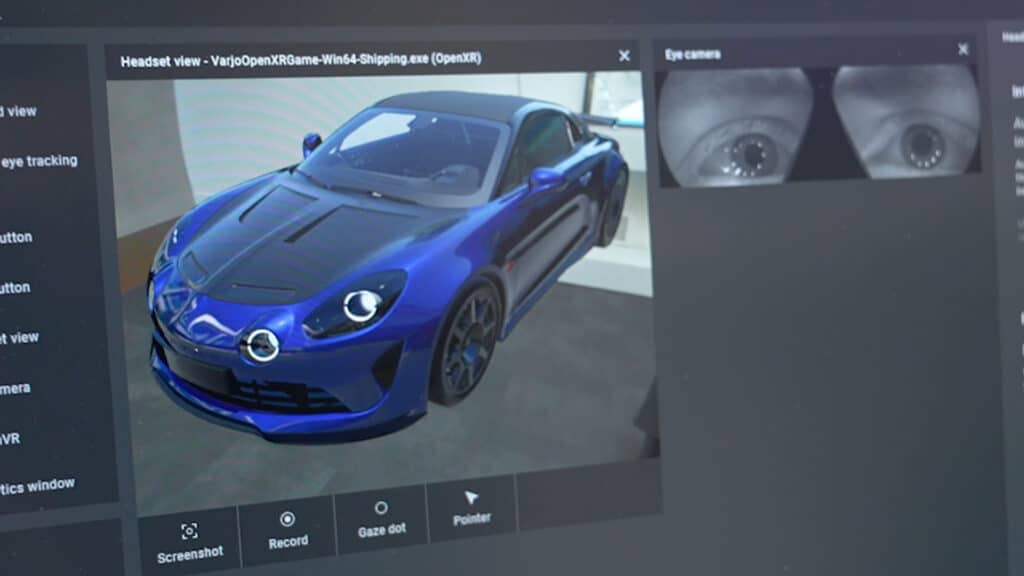
In essence, I placed what looked like a well-designed VR headset upon my head, except the XR-3 has a video passthrough. Not just any video passthrough as it turns out, with other, more affordable, devices such as the PSVR2 using an outward-facing camera to deliver a black-and-white, grainy, look at your surroundings.
No, this has a 12-megapixel video pass-through, and that’s combined with the industry’s highest resolution interior displays and a massive 115° field of view. It means that in front of me, I can see, clear as day, a life-size Alpine A110 sports car.
It’s present thanks to the digital projection, but the surroundings are unchanged and naturalistic – including my own limbs. When sitting inside the car, the immediate surroundings are virtual, but the view out the window is the real-world – in this case, an Alpine F1 technology exhibition.
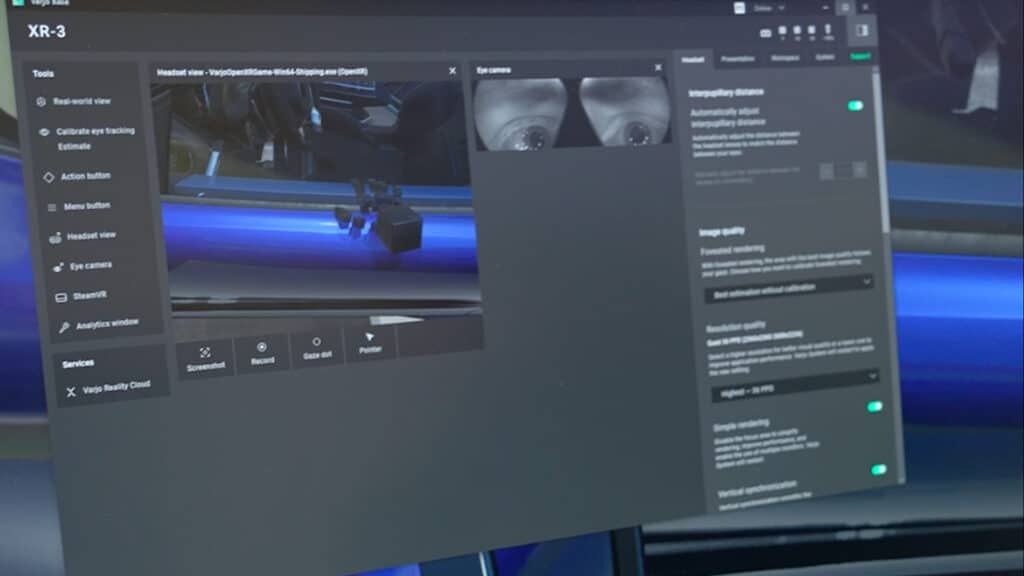
Despite the incredibly high levels of detail, and comfortable headset, this is still in the nascent stage of development. But, imagine a future when, while racing in VR, you could AR your surroundings. I’m not saying this is possible yet, but I’d quite like to live in a world where Varjo makes it possible, please.
“Where we are now with VR, you’re kind of locked inside this virtual world, but actually being able to blend in your own hands could get you more familiarised and a better sense of space,” said Rune Huse Karlstad to Traxion.GG, Head of Sim Racing and Business Development Manager at Varjo.
“You can see your hands, your buttons and the steering wheel through the headset while being immersed inside the game.”
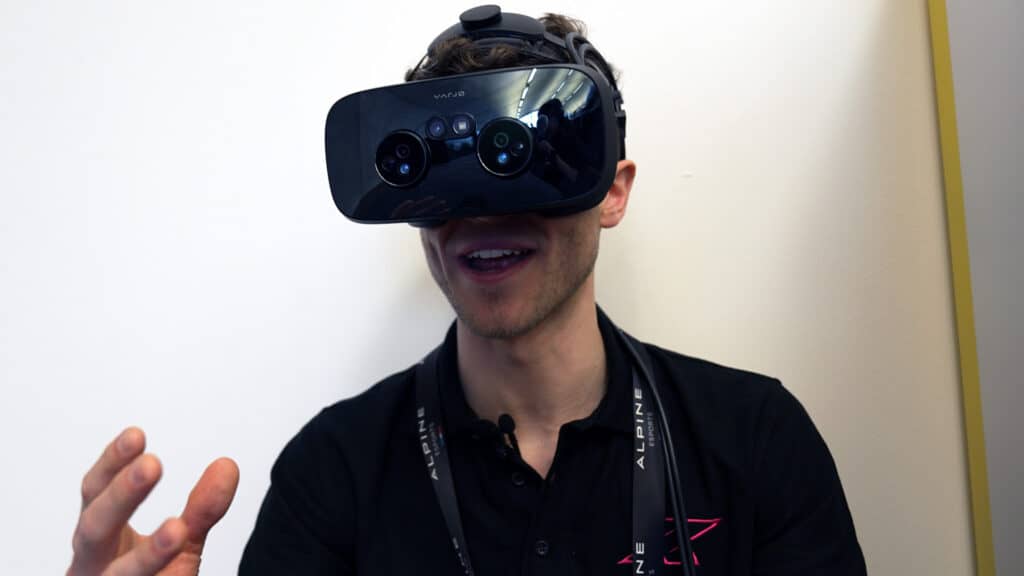
Speaking of the ‘regular’ VR experience, the Finnish tech giant has something for that too, the Aero.
This is the more traditional virtual reality headset, for PC, that my colleague Thomas Harrison-Lord also tested briefly at the SimRacing Expo last December. He was rather positive about his experience, enthusiastically throwing superlatives around Traxion.GG about its fidelity.
He wasn’t wrong.
The first thing I noticed is that, up close in the cockpit, the level of detail was superb, but the main difference to other VR experiences I’ve tried was the clarity of the horizon.
In the distance, the blurriness and lack of refinement you often see with less sophisticated headsets is gone.

“This is the first headset where you don’t actually see the pixels, it’s just crystal clear,” said Karlstad.
“The Aero is the first proper next-generation VR headset. There are a lot of benefits to it that really help more people get into VR,” said Karlstad.
Driving around Silverstone, down the Hangar Straight I could look all the way over to Stowe and the braking markers, plus there’s still detail in the grandstands. It was a huge improvement from what I’m used to, thanks to the Aero’s dual high-resolution mini-LED displays.
Helping the experience, it’s definitely a lighter headset than most and the mounting system they’ve got is the most comfortable I’ve used. I didn’t notice any appreciable input lag nor feel any sort of sickness, which is something sometime I’ve had before. I think the 200 Hz built-in eye tracking was helping with the naturalistic sensations.
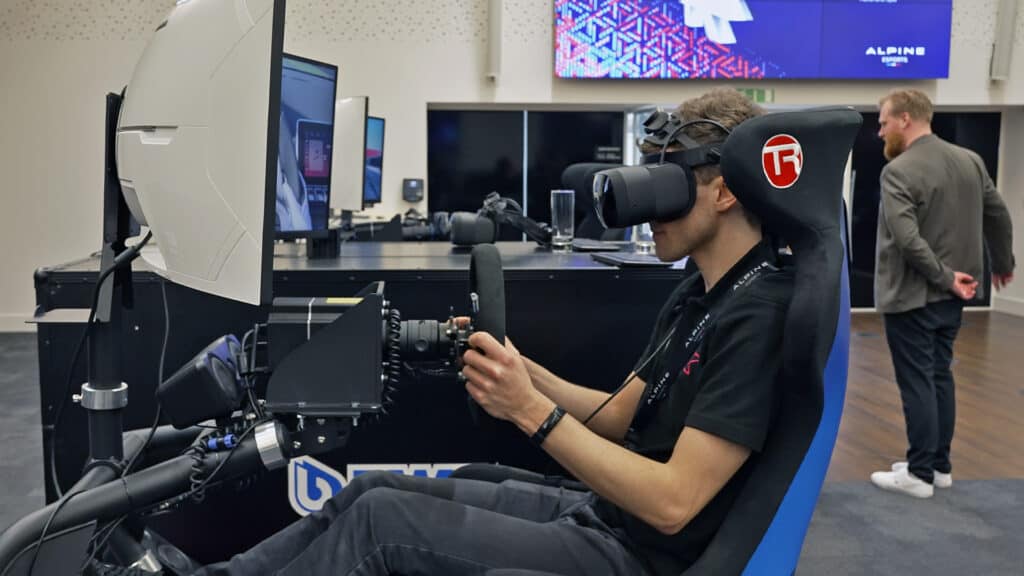
It made me realise that while VR sim racing is unquestionably incredible, there’s always room for improvement and based on this brief test, Varjo is leading the way – the very bleeding edge in virtual immersion.
I can’t wait to see what it comes up with next…
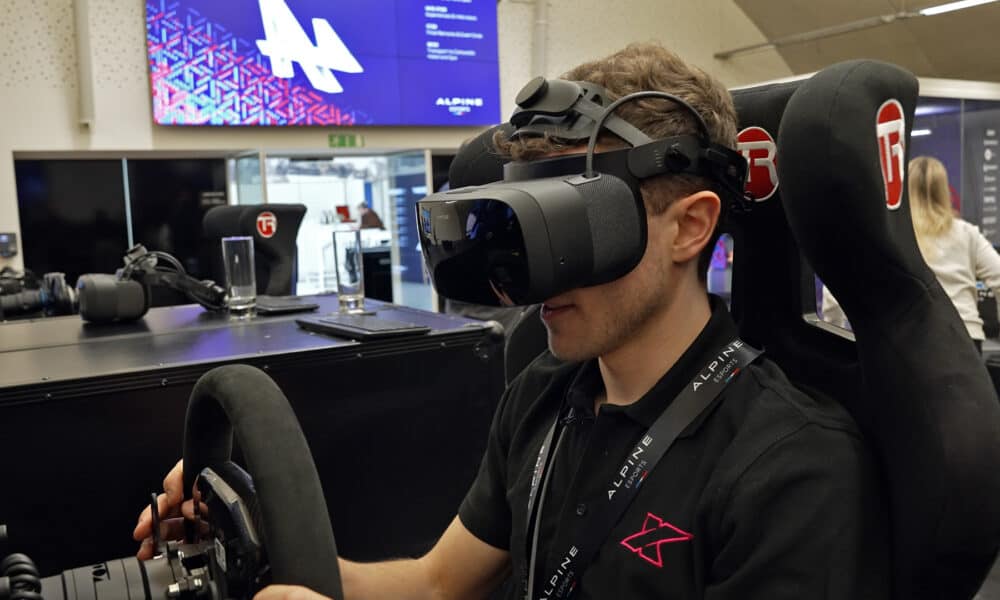




Chat with the Community
Sign Up To CommentIt's completely Free